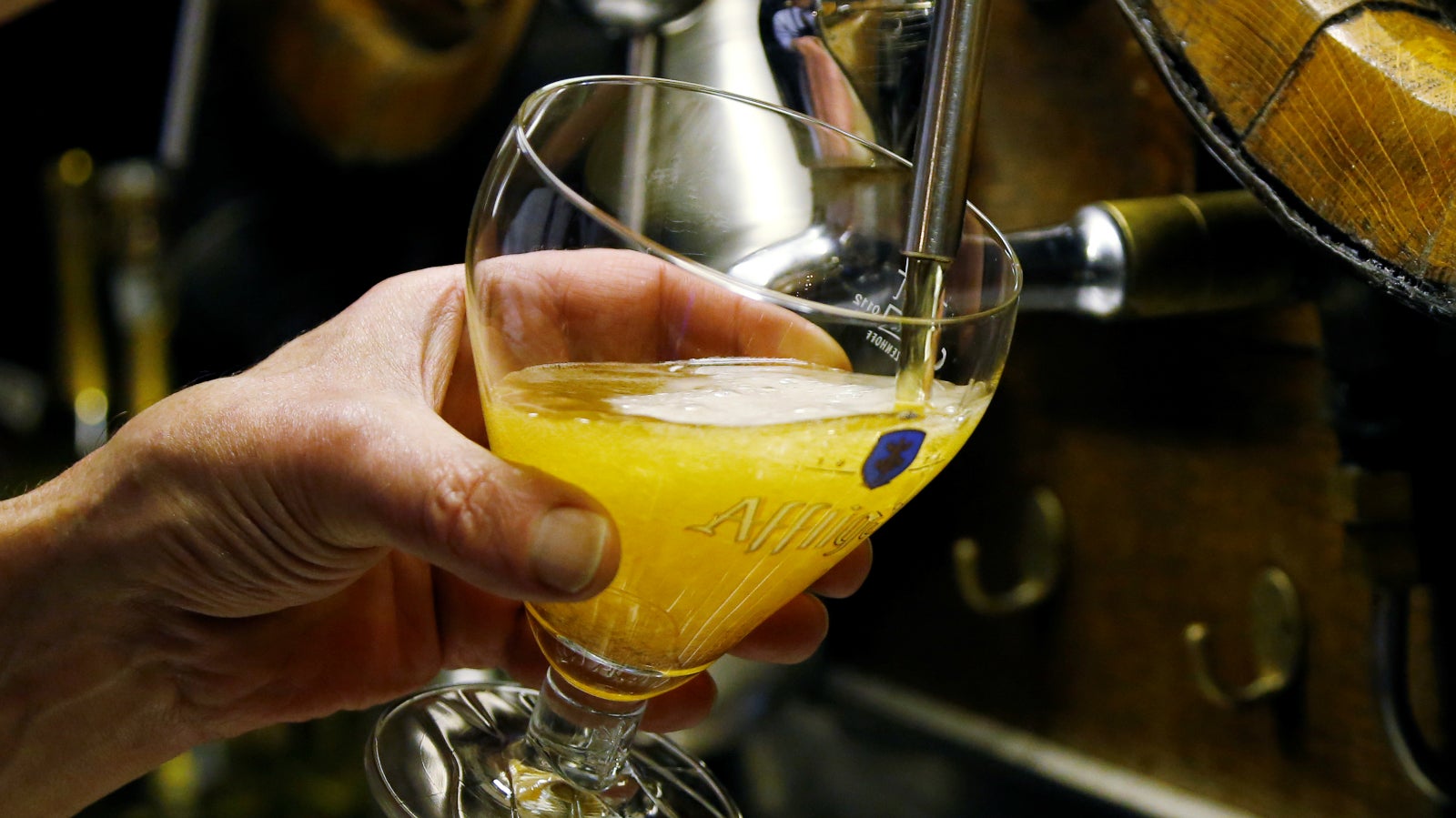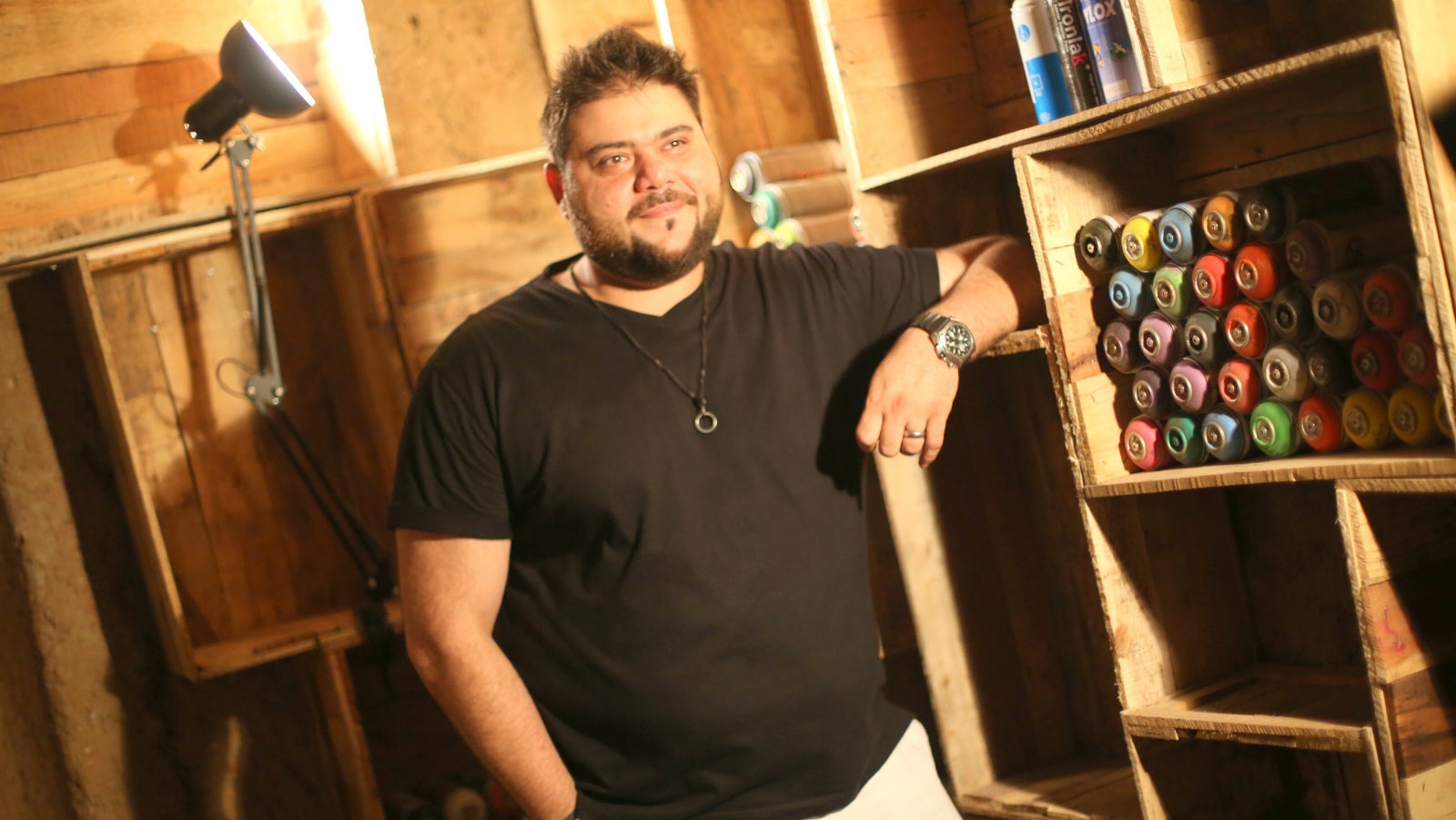The man behind the Rs31 “mitron” shot has big plans to shake up India’s bar and restaurant business
As Indians prepared for Narendra Modi’s address to the nation on Dec. 31, 2016, Riyaaz Amlani, owner of one of India’s most popular chain of bars, smelled an opportunity.


As Indians prepared for Narendra Modi’s address to the nation on Dec. 31, 2016, Riyaaz Amlani, owner of one of India’s most popular chain of bars, smelled an opportunity.
The prime minister is known to pepper his speeches with the word mitron (“friends” in Hindi). So, Amlani’s Social bars across the country played smart on the politically-charged event: Each time Modi used the much-anticipated word, drinks were offered at just Rs31.
Fortunately for Amlani, the prime minister unexpectedly and completely avoided mitron on New Year’s eve. Social’s offer went viral nevertheless, proving that the serial food entrepreneur’s instincts were on the mark.
Amlani is the CEO and MD of Impresario Entertainment & Hospitality, which runs popular bars and restaurants across India, including Smoke House Deli and Mocha. One of his biggest successes has been Social, first launched in 2014 in Bengaluru’s Church Street. Today, this chain of bars has 16 outlets in three cities, drawing young Indians eyeing its quirky drinks and dishes such as the Canadian poutine and Malaysia laksa.
In a chat with Quartz, 42-year-old Amlani, who once sold shoes for a living in Mumbai, spoke about the second wave of Indian restaurateurs dishing out new cuisines for increasingly adventurous customers.
Edited excerpts:
You started out in 2001. How has India changed in terms of spending and eating out since then?
India has leapfrogged in terms of consumption. In 2001 there were few places outside five-star hotels that offered food and beverages; so the variety was limited. Now, in 2017, there is a generational change.
Earlier, the well-travelled urban elite were the ones who had the luxury of eating out and they would want experiences similar to what they saw abroad. (So) We had products emulating the West and the Indian consumer, too, was trying to ape a western lifestyle. Now, we are trying to find an area which is uniquely Indian. We have very powerful and sophisticated palates; we like strong flavours, we like communal eating, we like sharing. We are now realising what the Indian consumer really wants.
What changes has this brought about in the food & beverage (F&B) market in India?
In the 2000s, there was a layer on top (of society) which was consuming; below that, there was nothing in terms of quality offerings for the upwardly-mobile middle class. The late 2010s is when people understood that what was needed was affordable casual dining. And with that, you got access to a whole new layer just below the “cream”, which wanted to go out.
Now the base has become stronger; people have gone out a lot to affordable places and now they are seeking to upgrade.

So how does Social fit into this?
Social is clearly going after the millennials. It is not going after the college crowd, it is going after those who are in their first or second jobs; people who want to go out a lot but want to spend less because their disposable income is not that much.
So what was really important for us was to get the frequency of visits higher, to take it up from, say, four times a month to eight times a month. And the only way we could do that is to provide value at affordable prices, and a product that would work in a Colaba and in a Versova (in Mumbai).
What is in store for Social in the future?
We are at 16 stores now in three cities. We will add another 18 this year and enter three new markets: Chandigarh, Kolkata, and Pune.
We want to continue doing more of Social, to grow bigger and better. We’ve seen now that everyone wants to party, it’s not just restricted to Indiranagar in Bengaluru or Connaught Place in Delhi. There are a lot more new pockets opening up where there is a demand for affordable fine dining.
In 2015, you were in the market to raise a private equity round of funding but that didn’t happen. Is it still hard for F&B firms to raise money in India?
In 2015 we got aggressive but we saw a lot of reluctance among investors when it came to F&B and especially with regard to Impresario because we made our biggest bet with Social. It is doing really well—the numbers are spectacular—but people think it is just a fad and a trend. The questions we faced were “will it have longevity?” and “will you be able to scale this?” We argued that we have experience behind us, we’ve done it before, but there was a general aversion to F&B.
Private equity guys have a lot of FOMO (fear of missing out) and they are all herd investors; they will swim with the tide. They were also very distracted with technology then. Also, nobody has really made any exits (in the F&B space), so for a whole variety of reasons the interest level is not all that high. There is no real interest (by PE players) in F&B right now. I think with a few guys coming in and changing the rules, it will certainly bring the interest back. For instance, with Barbeque Nation filing for an IPO, people like Zoravar Kalra (Massive Restaurants) and Impressario will actually make a dent. Then the investor appetite will come back.
What trends do you see shaping the food and beverage market in 2017?
In the eating-out segment, I think ethnic and regional cuisine will become big. When I say ethnic, I also mean the use of local ingredients (including millets like jowar and bajra) to provide a deeper understanding of provenance. As a result, people will be interested in food from Assam and Bihar, and maybe even Sindhi food.
Secondly, people are becoming more and more aware of nutrition. There will be demand for those selling healthy stuff at affordable prices. Keto, lactose-intolerant or gluten-free diets will start making their presence felt. Restaurants will have to at least create some options (to cater to this).
Thirdly, there will be a second wave of quality dining out. I think there is some young, rising talent in the market which will do something amazing to cater to people who have gone out a lot to affordable places and are now seeking to upgrade.
In the last year or so, India’s cafe-bar explosion has seen many restaurants pop up everywhere. Is that sustainable?
At the end of the day, all these bars are making money. If you told someone three years ago that there would be 100-plus bars in Connaught Place and that they were all doing well, no one would have believed you. But here it is. As the economy continues to do well, and as people eat out, I have a lot of faith that the top-five food service companies in India can be Rs10,000-crore firms.